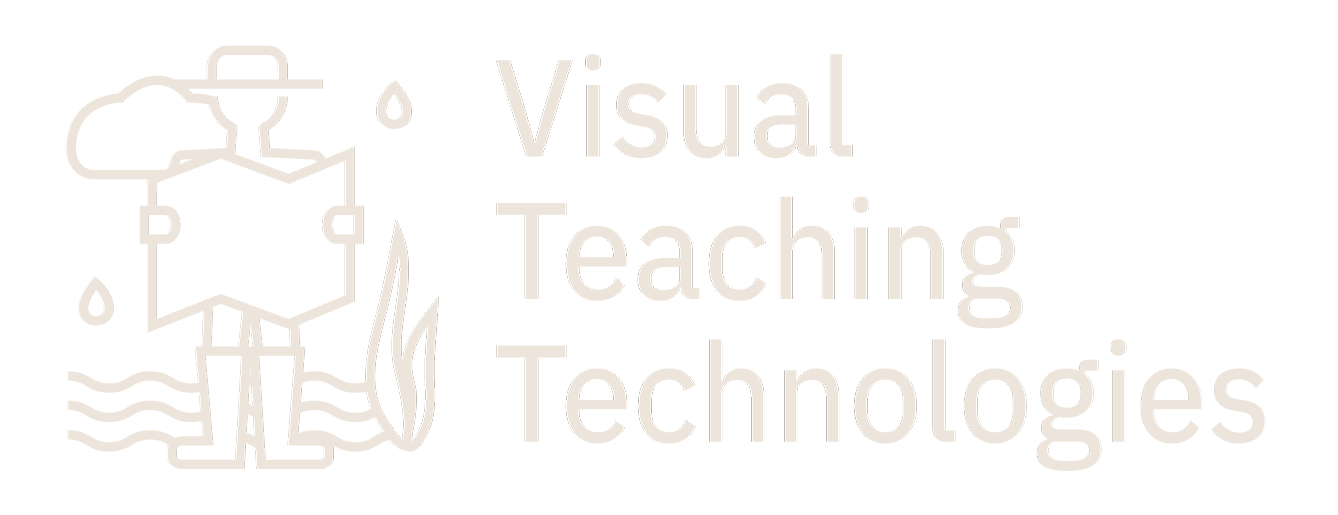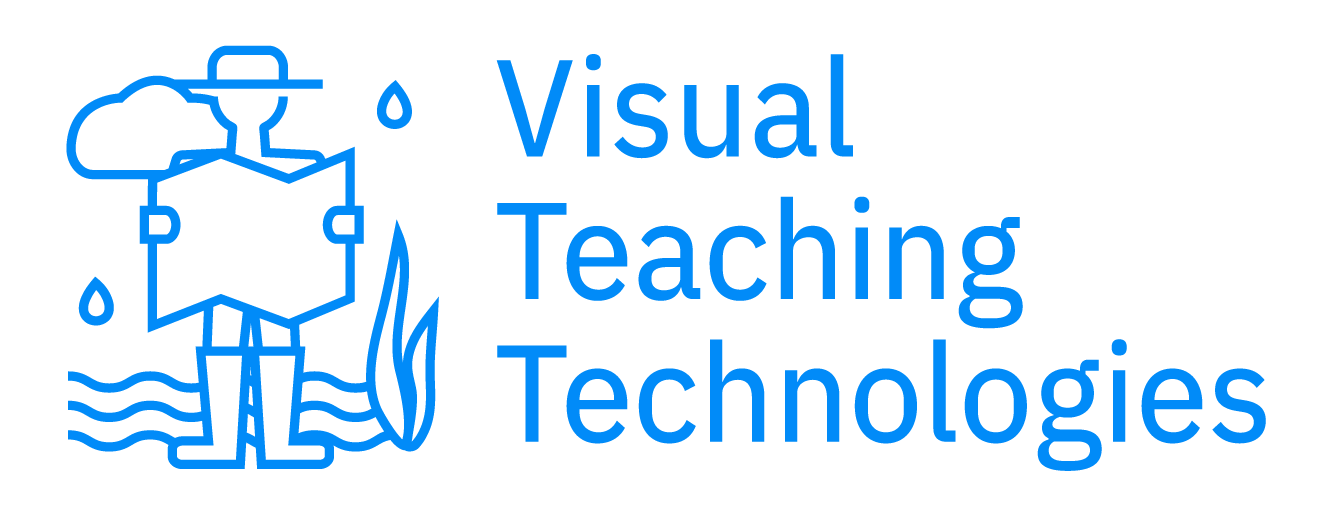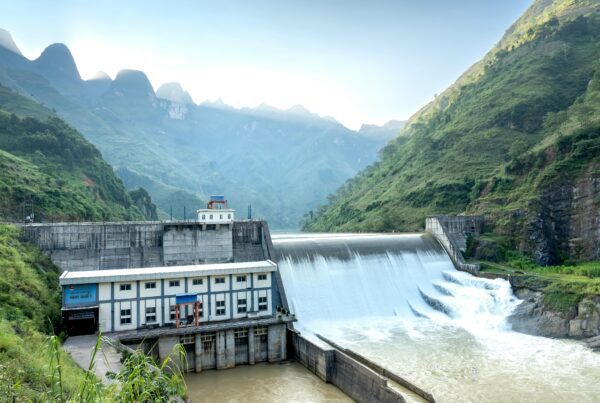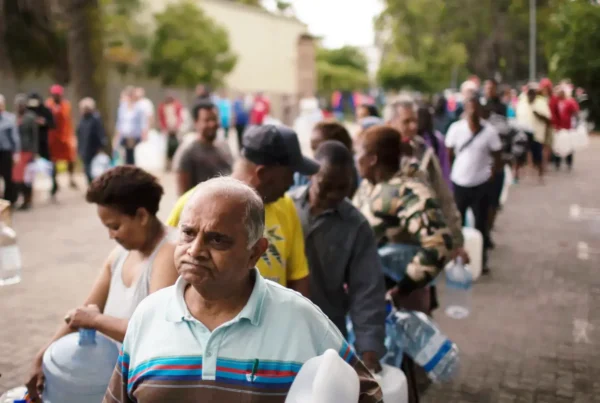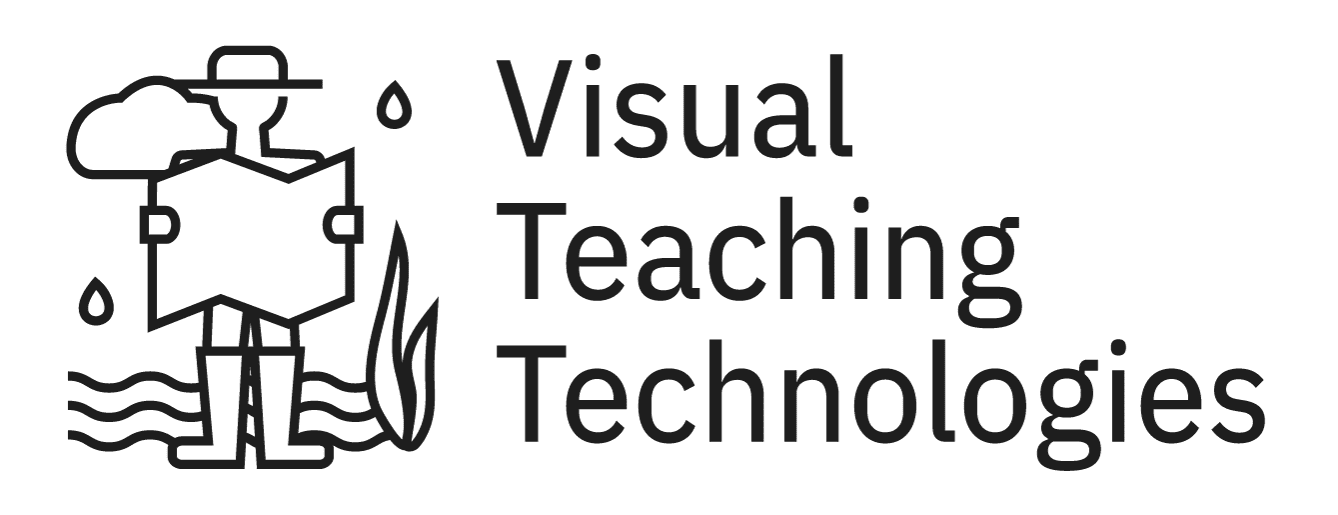Water is the most important natural resource and most basic biological human need. The socially and environmentally sustainable management of this resource is linked to nearly every social process in some way or another.
As the climate continues to change and issues of water insecurity are exacerbated, the significance of water becomes increasingly visible everyday.
The Sustainable Development Goals (SDGs) highlight the intersections of the physical environment and the social culture allowing an understanding of the underlying role that water plays in all aspects of life.
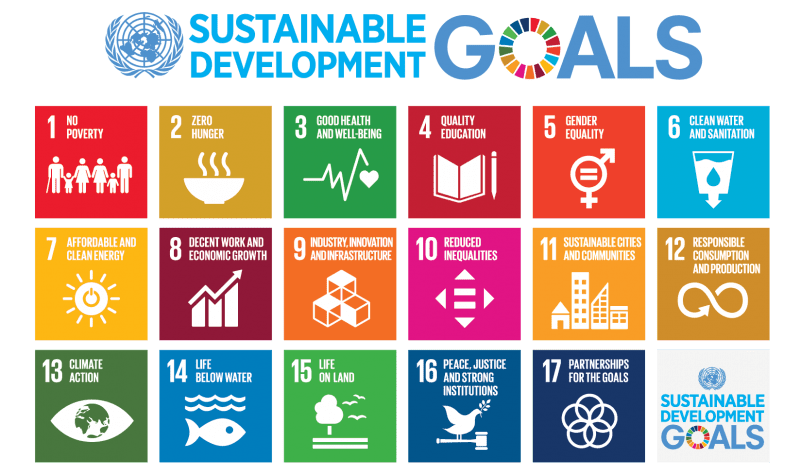
The 17 Goals of the 2030 Agenda for Sustainable Development. Source: United Nations.
The SDGs were adopted by all UN member states in 2015 as an outline to achieve a better and more sustainable future by 2030. The 17 goals focus on ending poverty, hunger, and inequality while achieving human rights for all, gender equality, and peace in an environmentally conscious way in order to build resilience.
An emphasis of these goals is that each one goes hand in hand with the others, there can not be peace if there is inequality and hunger cannot be eliminated if there is poverty etc. These goals can be related to one another, some more visibly than others, all relying on sustainable access to water.
Water is the linchpin of society. Without water there can be no agriculture, no animals, no plants and no life.
Humans have always centered their lives around water, staying close to rivers, lakes, and oceans, first as hunter gatherers and eventually as farmers. Access to safe water underpins all societal development and issues of water access can be rooted both in environmental causes as well as human.
Lack of water access is often associated with poorer countries, however this problem is more widespread and closer than one might think. In 2023, 2.2 million Americans lived in homes without running water or plumbing.
Water insecurity, the lack of adequate and safe water for healthy and productive life, is very much a problem around the world and is holding us back in more ways than we might think.
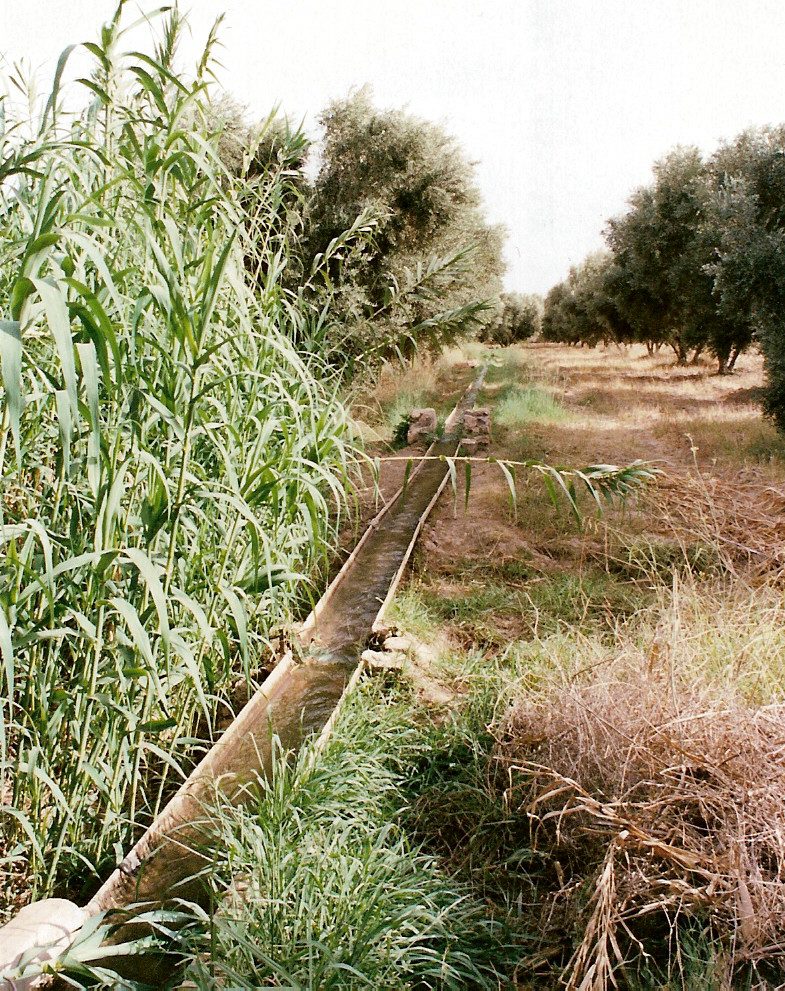
Rudimentary irrigation system. Source: Wikimedia Commons.
Despite technological advances, climate change is forcing us to remember that access to water is not a given. Changes in weather patterns and unsustainable usage of water disrupt our societies and infiltrate every aspect of our lives.
The seasonal rains which farmers come to expect, the rivers that have existed for hundreds of thousands of years, and the aquifers which may have seemed limitless, are no longer a certainty.
Regions such as Northern Africa and Western Asia, which have been struggling with water stress already, are hit the hardest by climate extremes and unpredictability. If we focus on water and move outward, we can see how far the consequences of water insecurity reach.
SDG 6 and 14 relate directly to water aiming to ensure availability of clean water and sanitation to all and conserve life below water.
Goal 6 highlights the health and social consequences of water insecurity while Goal 14 emphasizes the global environmental costs of unsustainable marine usage. Both goals have overlapping environmental, social, and economic reaches.
Approaches to SDG 6 include investing in infrastructure and sanitation facilities, improving water use efficiency, protecting and restoring water related ecosystems, and increasing hygiene education.
SDG 14 focuses on protecting marine pollution, ending subsidies promoting overfishing, supporting small scale fishers, and more. In addition to the massive scope of these goals, the effects of climate change pose constant additional uncertainties and difficulties.
Freshwater pollution from chemical runoff harms communities and wildlife, often significantly disturbing the ecosystem’s balance, both marine and land. Not only is this a threat to clean water availability, but it also causes soil degradation, causes dead zones, and contributes to habitat loss. This is one way in which SDG 15 Life on Land is tied into water practices.
Unsustainable ocean activities cause both widespread environmental harm as well as economic and social damage. Ocean conservation is linked closely to SDG’s 8, 12, and 13: Decent Work and Economic Growth, Responsible Consumption and Production, and Climate Action.
Conservation and sustainable use of the oceans, seas, and marine resources is crucial on a global scale. Unsustainable ocean practices set off many centuries long irreversible damage. Overfishing, marine debris, chemical runoff, and introduction of non-native species are some of the dangers to the ocean, the world’s biggest ecosystem.
Oceans are the largest carbon sinks, absorbing 23 percent of annual human generated CO2 emissions, and absorb 90 percent of excess heat in the climate system.
Oceans play a central role in so many other ways, providing livelihoods to 3 billion people, just under half of the global population. It provides 15 percent of the animal protein we eat globally and is the primary source of protein for over 50 percent of the population in least developed countries.
On a global scale, the market value of marine and coastal resources and industry is estimated to be US 3 trillion dollars a year. Ocean conservation benefits not only marine life, but also the broader global economy.
Clean water is linked closely to Good Health and Wellbeing, Poverty, and Food Insecurity: SDGs 1, 2, and 3. Health problems, as a result of lack of access to safe water and sanitation and food insecurity, contribute to promoting poverty.
Currently 4.2 billion people lack access to safely managed sanitation and around 1 million people are estimated to die each year from unsafe drinking water and sanitation. 70 percent of global groundwater withdrawals are used for agriculture, without which the world’s food production would cease to exist.
Poor health prevents stable attendance of school and work and can require expensive medical care, all of which harm a family’s income. Additionally, unstable water access results in agricultural issues and food insecurity harming the local economy as well as health.
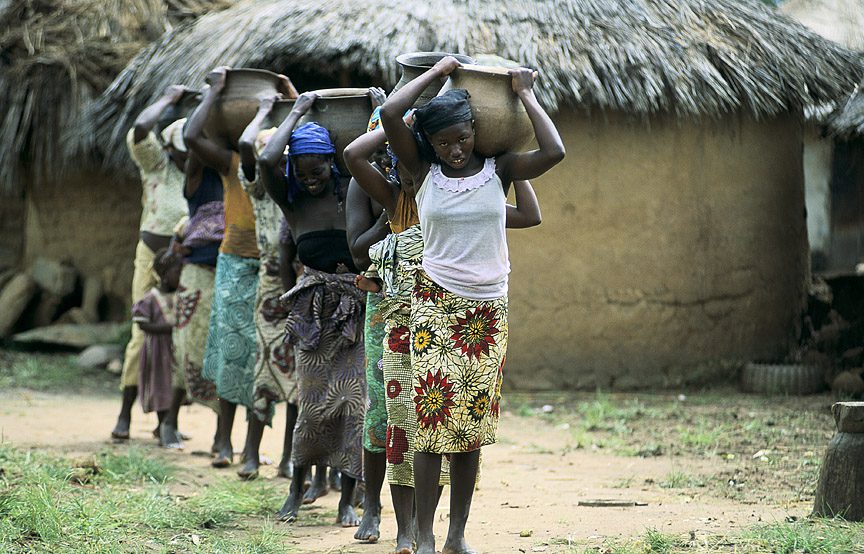
Young women and girls carrying water in Nigeria. Source: World Bank.
In turn, poverty, disease and food insecurity all act as barriers to quality education, gender equality, and international equality: SDGs 4, 5, and 10. As mentioned previously, water and sanitation related sickness act as a barrier to school attendance for many children.
Women and girls are often disproportionately impacted by water insecurity with the time consuming responsibility of getting water for the family often falling to them. This leaves less time for paid work and school.
Barriers to education and gender inequality have a direct impact on economic growth and poverty. The struggle of water insecurity impacts every part of life and holds countries and regions from rising out of poverty, maintaining and expanding global inequality.
Creating sustainable cities and communities as is SDG 11 requires affordable clean energy and industry, innovation and infrastructure, SDGs 7 and 9. This is more dependent on water than one might think.
Hydroelectric power is a major renewable energy source used around the world. In 2020, hydropower was the third largest source of electricity after coal and natural gas. In Norway, 96 percent of all electricity produced is generated by hydropower.
Less known perhaps is that coal power plants use enough water to supply the needs of 1 billion people. Energy is vulnerable to climate change, relying on consistent weather and water patterns.
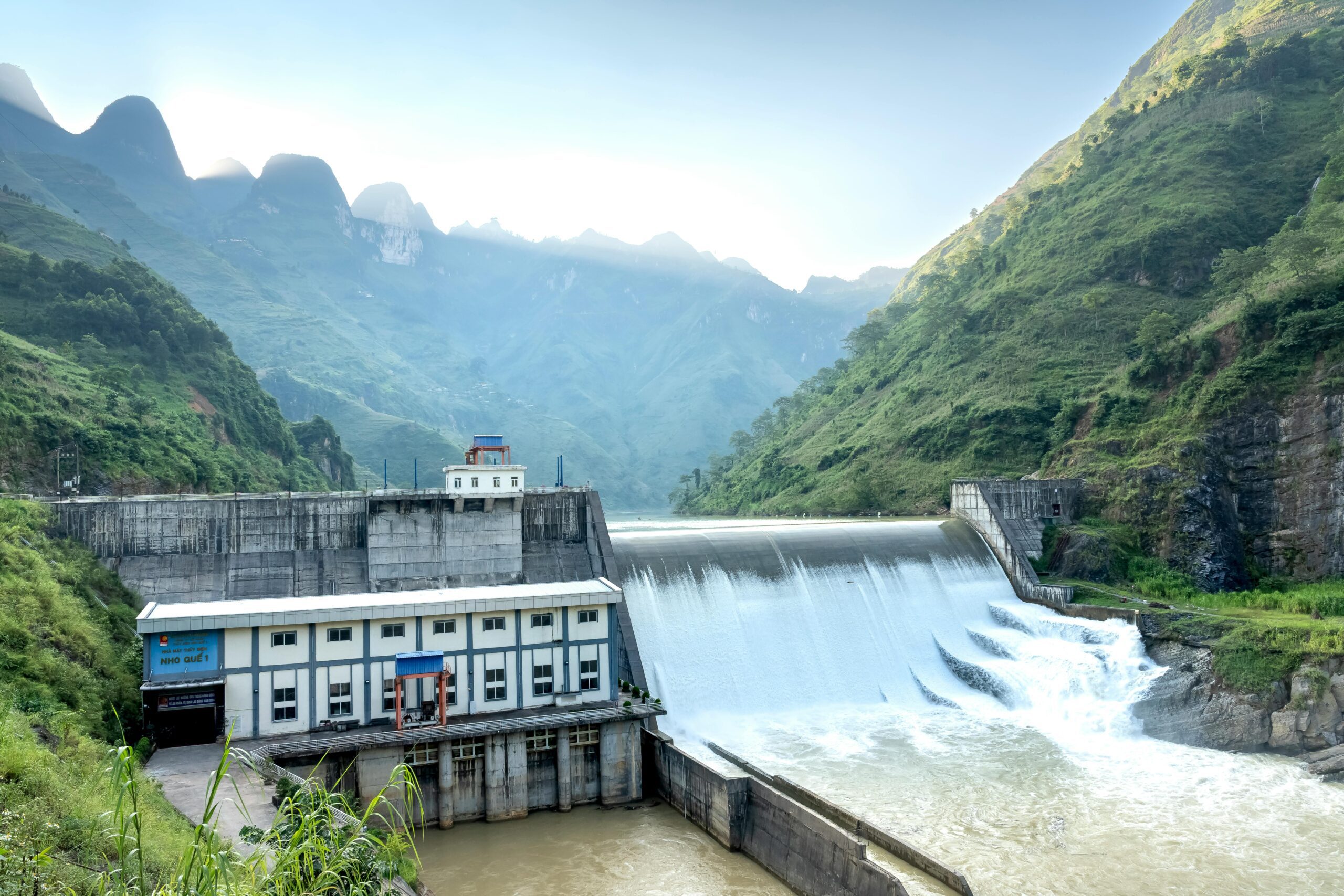
Hydroelectric Dam. Source: Quang Nguyen Vinh, Pexels.
Infrastructure plays an imperative role in water planning, needing to adapt to growing urban populations to increase water efficiency and sanitation systems. The Environmental Protection Agency (EPA) estimates that US drinking water systems will require more than $625 billion over the next 20 years.
The interdependence between these systems become clear when looking at the whole, a bit like puzzle pieces fitting together to make a whole.
"
As of 2024, the UN SDG report finds that the SDGs are severely off track for meeting the 2030 timeline.
Water insecurity has not only affect at the community and national level, but also on the larger global scale.
Addressing global water security will need to be a collective effort as is SDG 17, Partnerships for the Goals, aimed at strengthening means of implementation to allow stronger action towards a sustainable future. SDG 16, Peace, Justice, and Strong Institutions is all encompassing.
Water insecurity, along with impacts of climate change, have played a role in many conflicts through many paths such as poverty, food insecurity, and growing inequality. Meeting these goals will provide a much more stable base on which to build strong institutions.
As of 2024, the UN SDG report finds that the SDGs are severely off track for meeting the 2030 timeline. Without massive investment, scaled up action, and more effective partnerships, the goals will continue to remain far from reach.
Through looking at the ways in which all of these goals are interconnected it becomes clear how significant the global impact of these issues are and how imperative it is that we approach them with the severity they demand.
Looking through the lens of water demonstrates the importance of all of these areas in creating a path for a sustainable future.
